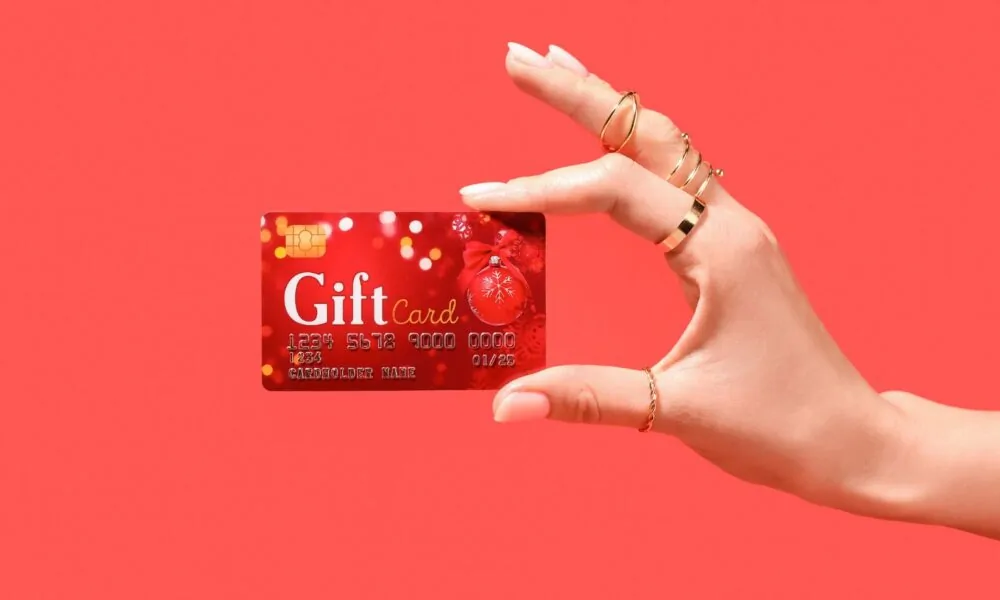Digital gift cards have transformed the gifting landscape in recent years. These electronic alternatives offer distinct advantages and limitations compared to traditional plastic cards. Both options serve similar purposes while differing significantly in delivery and usage. Digital gift cards arrive almost instantaneously after purchase. Recipients receive emails or text messages containing redemption information within minutes. This immediate delivery solves last-minute gifting emergencies effectively. Forgotten birthdays or unexpected occasions no longer require empty-handed appearances.
Physical gift cards require transportation to recipients before use. Standard shipping typically takes 3-7 business days, depending on location. Premium shipping options reduce this timeframe but add significant costs. Hand delivery remains the fastest but requires geographical proximity.
Digital delivery eliminates weather-related shipping delays affecting physical cards. Winter holiday seasons often experience delivery disruptions from storms. Electronic transmission bypasses these logistical challenges completely. Recipients receive gifts regardless of weather conditions.
Storage methods
- Digital storage centralizes gift card management on smartphones or computers. Electronic wallets organize multiple cards in single applications. Search functions locate specific cards instantly when needed. This centralization prevents forgotten cards in rarely used wallets or drawers.
- Physical cards occupy space in wallets, purses, or desk drawers. Carrying multiple cards creates bulk and organization challenges. Finding specific cards among many requires manual sorting. This tangible nature makes physical cards susceptible to damage or loss.
- Digital backups preserve gift card information automatically. Cloud storage protects against device failures or replacements. Many services synchronize across multiple devices simultaneously. This redundancy significantly reduces value loss risk.
Personalization options
- Digital storage centralizes gift card management on smartphones or computers. Electronic wallets organize multiple cards in single applications. Search functions locate specific cards instantly when needed. Using mcgift.giftcardmall provides convenient access to all your digital gift cards in one secure location. This centralization prevents forgotten cards in rarely used wallets or drawers.
- Physical cards provide tangible presentation advantages. Gift boxes, greeting cards, and decorative envelopes enhance perceived value. The physical unwrapping experience creates anticipation. Many recipients associate this tangibility with more extraordinary thoughtfulness despite identical monetary value.
- Digital personalization happens instantly, regardless of location. Last-minute design changes accommodate sudden inspiration. Physical card customization requires planning. Production and shipping timelines limit last-minute creativity.
Management tools
- Balance-checking methods differ in convenience across formats. Digital platforms display current balances automatically within applications. Physical cards require website visits, phone calls, or in-store inquiries—the gift. The gift card mall platform simplifies checking balances across multiple card formats.
- Transaction histories appear automatically with digital options. Purchase dates, amounts, and locations are displayed chronologically. Physical card transactions are rarely tracked without retailer account registration. This visibility helps identify unauthorized usage quickly.
- Expiration management works more effectively with digital cards. Automatic notifications alert users before expiration dates. Physical cards lack notification systems without registration. Many recipients discover expirations only during attempted use.
Both gift card formats offer distinct advantages addressing different situations and recipient preferences. Digital cards excel in speed, convenience, and environmental considerations. Physical cards provide tangible presentation benefits and universal usage without technological requirements. Understanding these differences helps givers select optimal formats for specific recipients and occasions.






